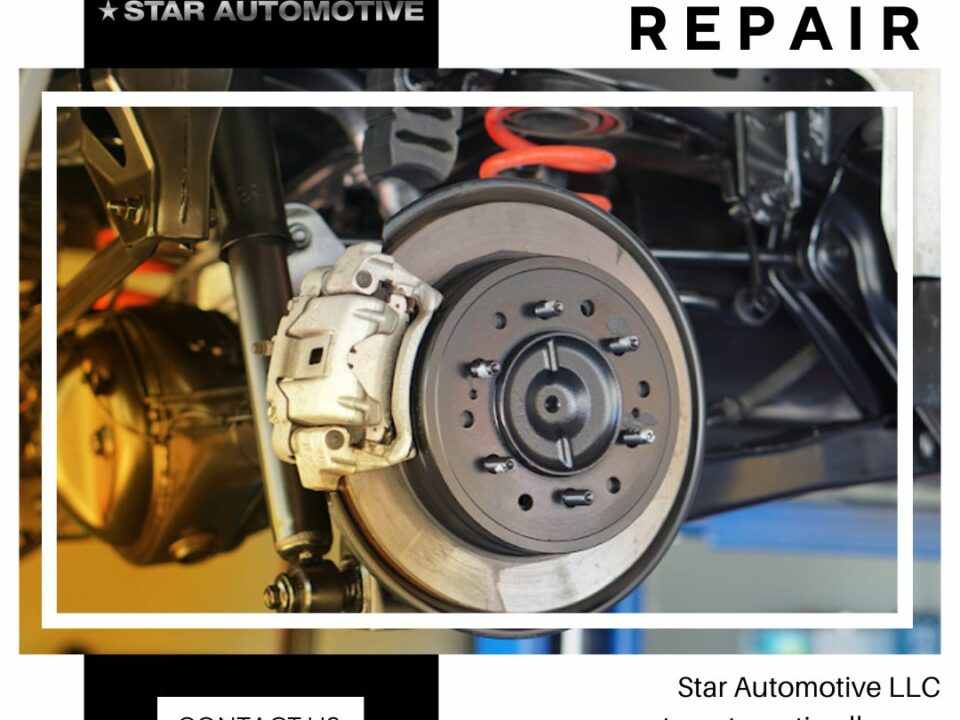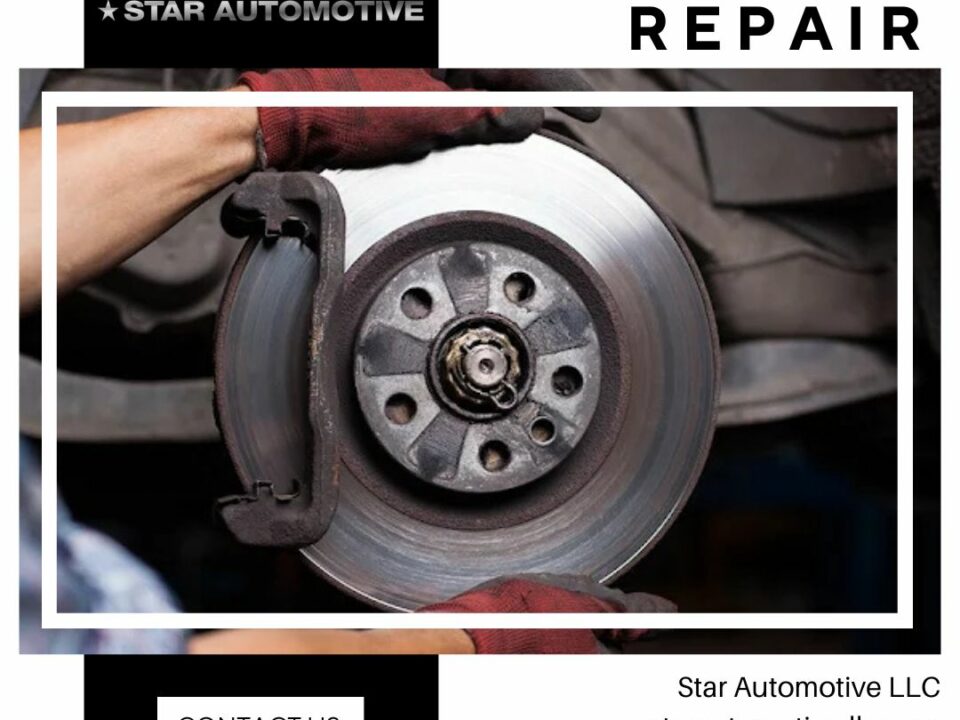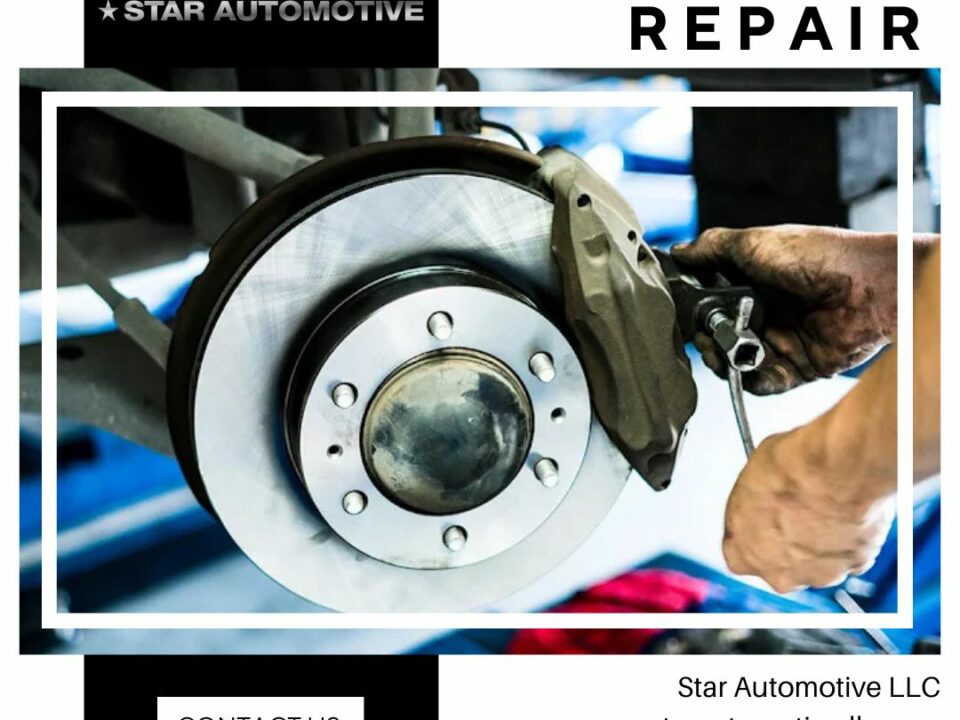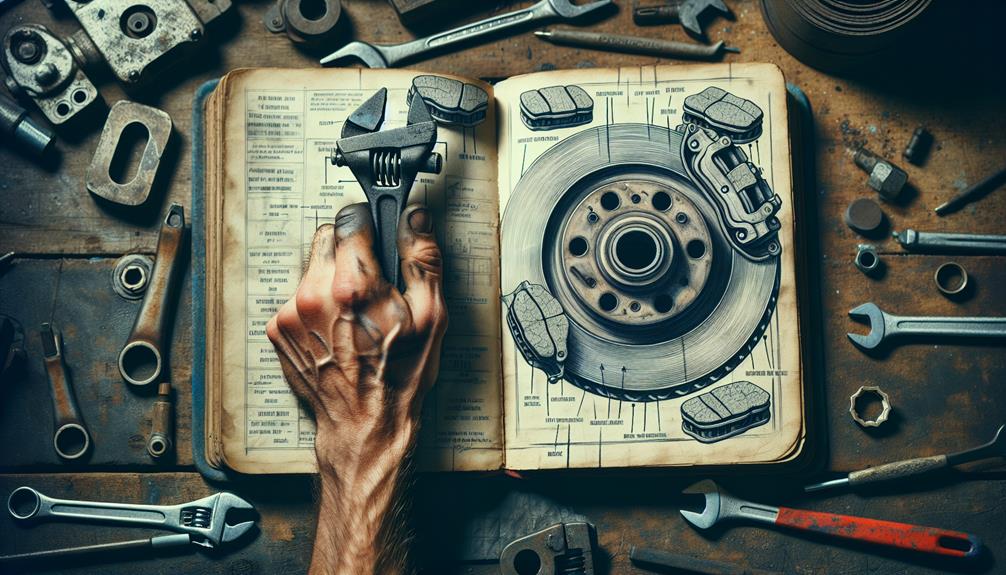
The Brake Fixer’s Manual: From Pads to Calipers
February 14, 2024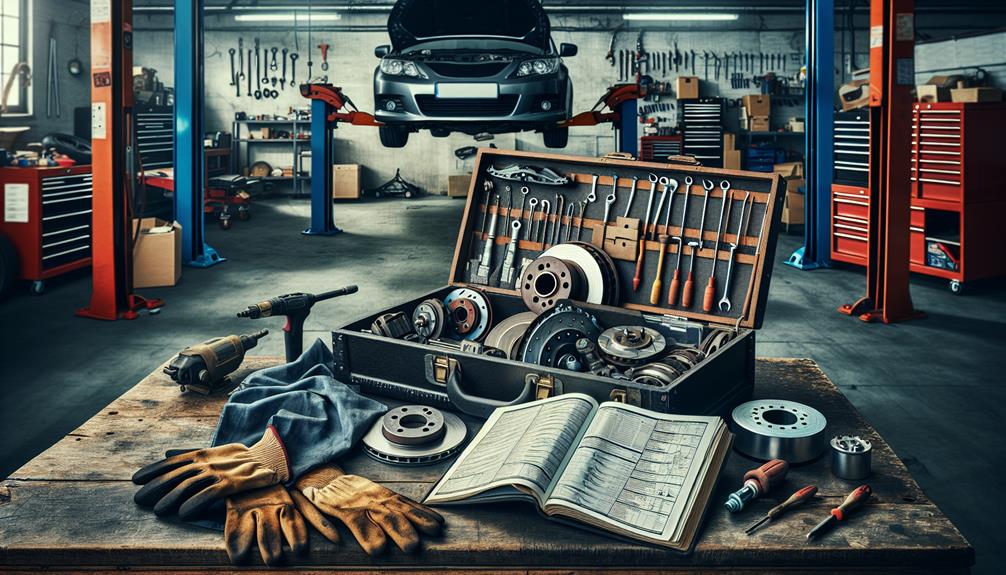
Stopping Power: The Essential Guide to Brake Repair and Maintenance
February 14, 2024In the realm of automotive engineering, the phenomenon of brake repair and vibration presents a complex array of challenges that demand a meticulous, problem-solving approach. These adverse conditions not only degrade the driving experience, but also indicate potential safety hazards that cannot be overlooked. The complexities arise from the multifaceted nature of brake assembly, where each component, be it the brake pad, disc rotor, or the caliper, could be a potential source of these issues. Furthermore, the interaction between these components under different operating conditions contributes to the intricate network of cause and effect. As we embark on this comprehensive journey into the heart of braking system, we aim to unfold the science behind these silent stoppers, their intricate workings, their potential issues and viable solutions to eliminate noise and vibration. The information that follows is sure to offer a deeper insight into the mechanics of brake systems, and provide a foundation for more effective troubleshooting and problem-solving strategies.
Understanding Brake Noise Causes
What exactly causes brake noise, a common automotive concern that often signals underlying mechanical issues? Brake noise is predominantly caused by vibrations between the brake system components. These vibrations can originate from various sources, including brake pads, rotors, or calipers. Wear and tear on these components can create an uneven surface, inducing vibrations when the brakes are applied, which translates into audible noise. Furthermore, inadequate lubrication can lead to increased friction, causing squealing or grinding sounds. Brake pad composition also plays a role, with metallic pads often producing more noise than their organic or ceramic counterparts. Thus, understanding these causative factors is integral to addressing brake noise issues and ensuring a smoother, quieter ride.
Practical Solutions for Vibration Issues
Having comprehended the causes of brake noise, it is crucial to explore practical solutions that can efficiently tackle these vibration-related issues. One effective approach is the use of noise-damping shims. These can be installed between the brake pad and caliper, reducing vibration by absorbing energy. Another solution is the usage of high-quality brake pads. These often contain composite materials that offer superior heat dissipation, reducing the chances of vibration. The installation of anti-vibration clips that apply pressure to brake pads, preventing them from vibrating, is also recommended. Lastly, regular maintenance and inspection of brake components can prevent wear and tear that cause vibration. These practical solutions, when employed judiciously, can significantly reduce brake noise and vibration.
Conclusion
In conclusion, understanding the root causes of brake repair noise and vibration can be a significant step in ensuring optimal vehicle performance. The elimination of these issues is not merely putting a band-aid on a bullet wound but a crucial aspect of preventative maintenance. Appropriate solutions, including suitable brake pad selection and proper installation techniques, can effectively mitigate these issues, leading to improved ride comfort and driver satisfaction. Continued research and innovation in this field remain of utmost importance.


